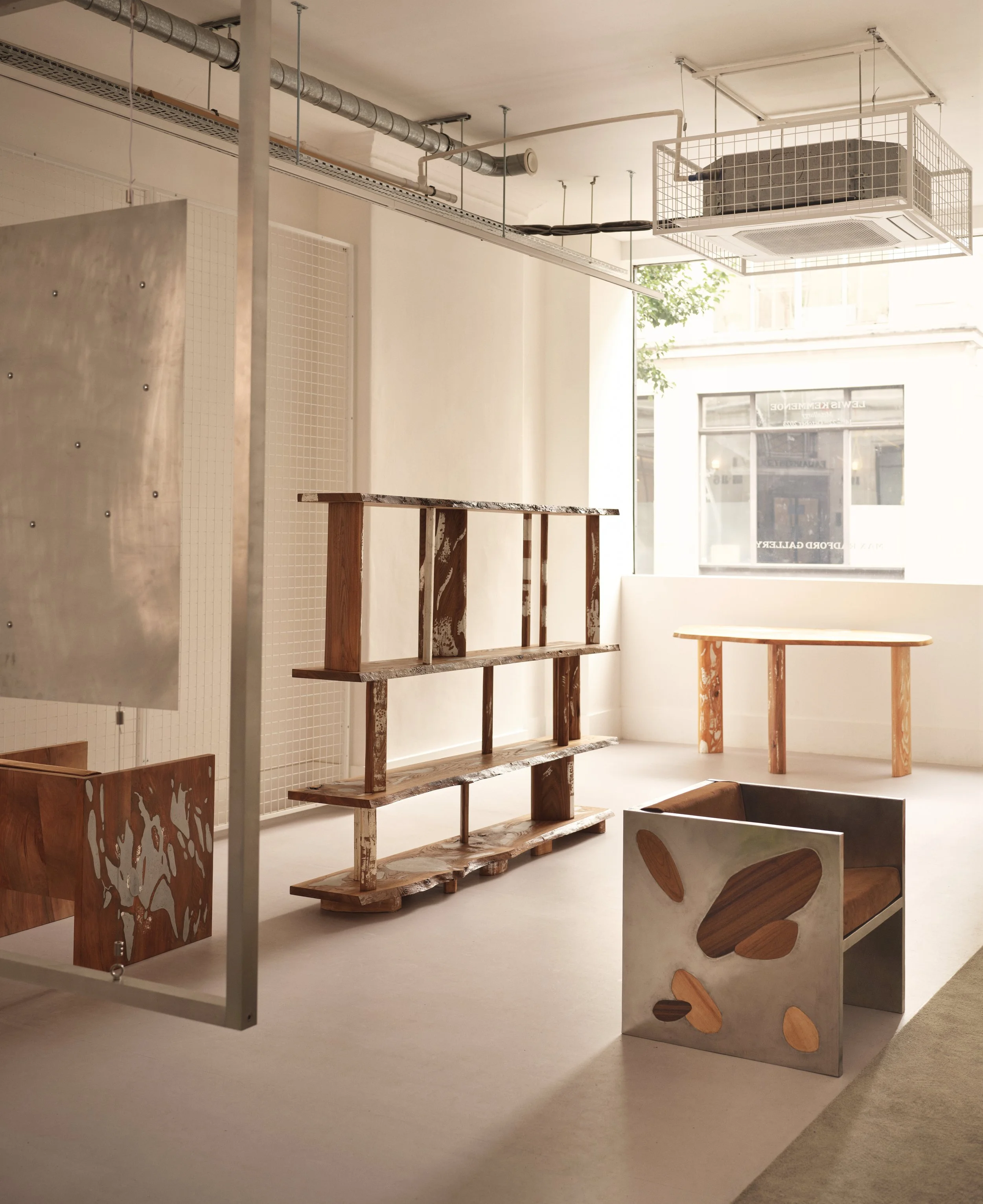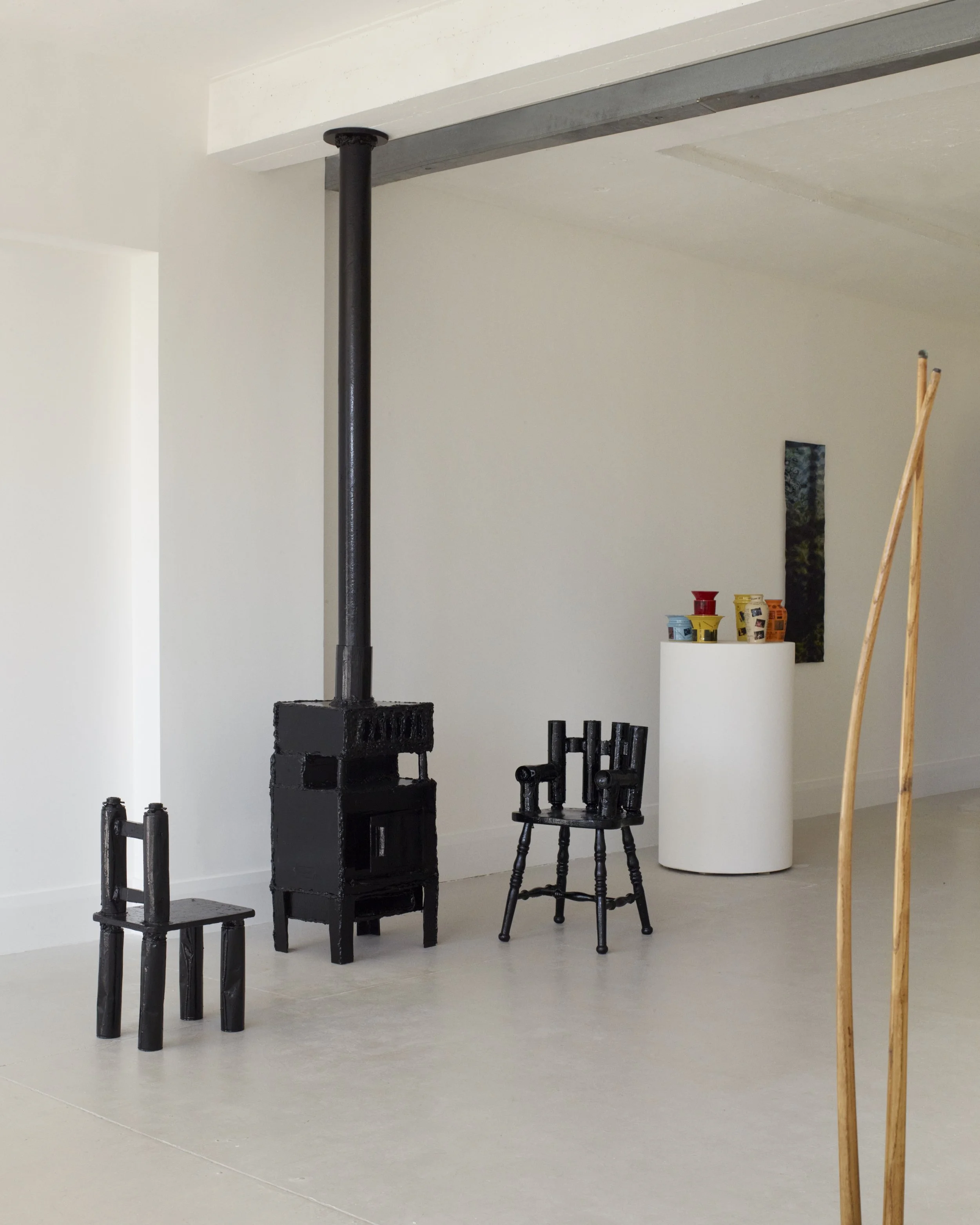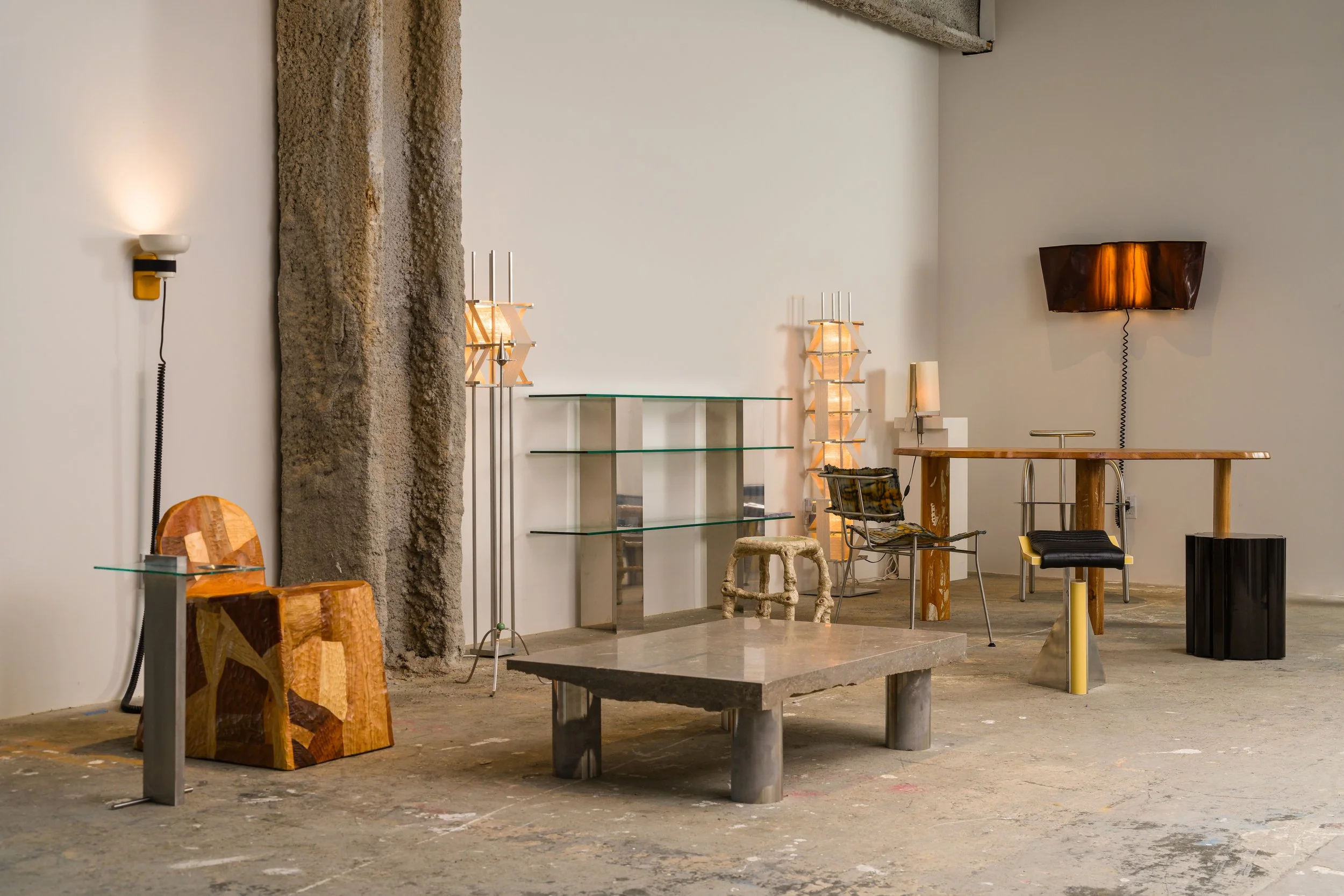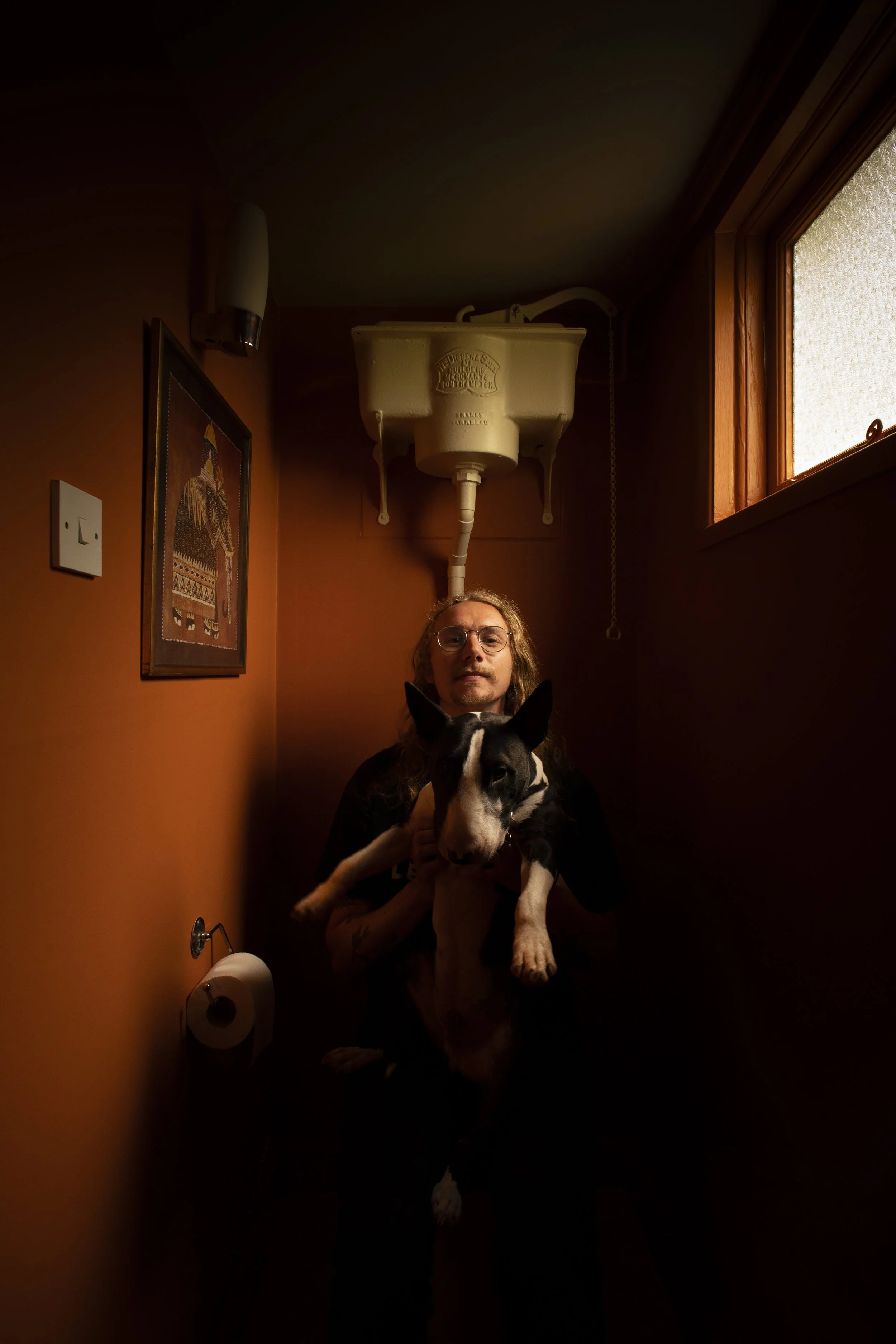Max Radford: A Quiet Revolution in London’s Design Scene
Max Radford is one of the few emerging design galleries reshaping the narrative of London’s design culture. In a city historically defined by its competitive edge, Radford thrives in an era of collaboration, offering a vision of the future that is as thoughtful as it is bold. His gallery is not merely a space for collectible design but a crucible where emerging talent, craft, and philosophy converge - cultivating a community and redefining the role of gallerists as connectors, mentors, and advocates for emerging talent. In this world, gallery openings are synchronized rather than siloed, with younger players banding together to amplify the work of emerging designers. But Radford doesn’t romanticize this shift. He’s quick to point out the closed-off tendencies of older generations in the field—a dynamic he’s quietly dismantling through his work.
Growing up on building sites, he gained a deep, unglamorous familiarity with materials and construction—a technical fluency that sits in striking contrast to his later ventures into fine art and fashion. . His childhood produced an unvarnished understanding of materials and their potential, a practical foundation later tempered by studies in fine art and fashion. This juxtaposition of technical grounding and creative audacity informs his approach to curation, yielding a gallery that feels both rigorously crafted and artistically inspired.
Lewis Kommenoe Presents METALLURGY at Max Radford Gallery
His early mentorship under antique dealer Max Rollitt introduced him to the narrative possibilities of objects—the stories embedded in texture, form, and history. Today, Radford’s gallery continues this dialogue, connecting the past to the present while positioning living designers as cultural protagonists.
For Radford, the gallery is a platform, not a pedestal. “One name may be over the door,” he notes, but his team brings everything to life. This ethos reflects the growing spirit of collaboration among younger gallerists in London, where synchronized openings and shared ideas now define the scene. Yet, Radford is keenly aware of the hurdles that remain, particularly the gatekeeping tendencies of older generations that still shape the field.
The challenges are not merely philosophical. Financial strain is a constant companion in the world of independent galleries. Despite the gallery’s rising profile, Radford has yet to draw a salary five years in, a fact he accepts with characteristic pragmatism. International shipping costs that rival the value of the pieces themselves, the ever-present grind of keeping overheads low, and the stark reality that, five years in, Radford hasn’t drawn a salary from his gallery. “If you’re in this for anything other than passion, it’s not worth it,” he admits. It’s a blunt but sobering reminder of the precarious balance between creative vision and financial viability.
Georgia Merritt's " Making Out Under The Colonnade" and "Two Figures Kiss Under The Colonnade" behind Grace Prince's "Lean I" and Victor Nyberg's "Thinking About Forever" for GREYSCALE at Max Radford Gallery
And yet, Radford remains undeterred. His work is animated by a quiet defiance: Radford champions the here and now. His gallery positions designers as creators of investment-worthy works, pieces that resonate not just as objects but as enduring cultural statements. His space is a platform for emerging talent to be seen as equals in a world that often prioritizes established names or posthumous recognition. There’s a quiet defiance in this—a refusal to relegate living designers to the margins. Instead, he frames their work as investment-worthy, as culturally significant as anything found in an auction house.
“To create a platform that wouldn’t otherwise exist is the greatest reward,” Radford reflects. It’s a sentiment that encapsulates his philosophy: the belief that the value of design lies not just in its aesthetic appeal but in its power to connect, challenge, and endure.
His goals are ambitious but deeply rooted in purpose. A central London space with room for walk-ins, a stronger presence in international exhibitions, and deeper connections between designers across borders—all of these are part of a long-term vision that’s less about dominance and more about creating a new framework for how design is experienced.
Max Radford’s legacy is already taking shape—not in loud declarations but in the quiet, deliberate way he is transforming London’s design scene. By championing collaboration, amplifying emerging voices, and bridging the divide between tradition and innovation, he is crafting not just a gallery but a new cultural framework for the future.
Tom Bull's "Hardcore Cottagecore #Il," Sofia Bordin's "The Wildest of Dreams," Louie Isaaman-Jones "Candlestick with Thorns," LS GOMMA'S "XR Mesh Chair Clear," Grace Prince's "Lamp Appliqué," Natalia Triantafylli and Andrew Pierce Scott's “Sunflower Cabinet" and Ty Locke's "Tasseled Lamp" for GREYSCALE at Max Radford Gallery
Tom Bull's "Cottagecore #VI," "Hardcore Cottagecore #Il" and "Cottagecore #XII," Clink Street Ceramics Acid House Works, Victor Nyberg's "She Couldn't See me Standing There" and George Richardson's "Lovers" for GREYSCALE at Max Radford Gallery
Max Radford Booth at Collectible Fair NYC, 2024
Max Radford Gallery Office Details
Max Radford and his pup







